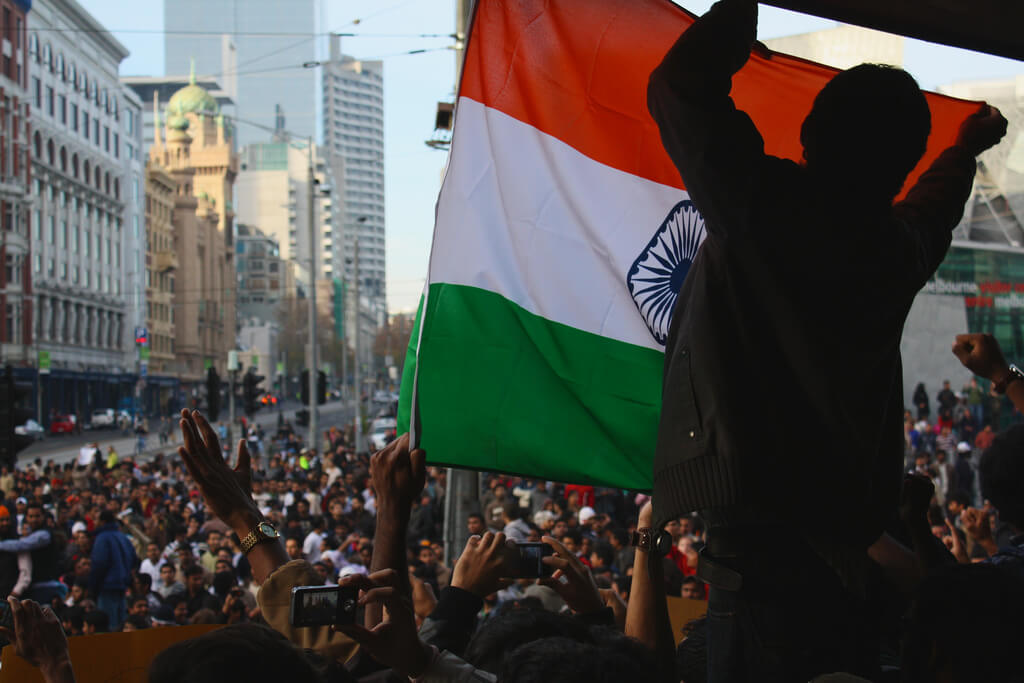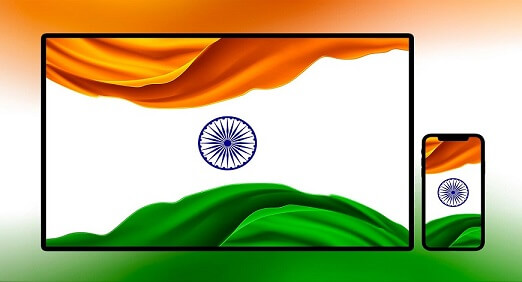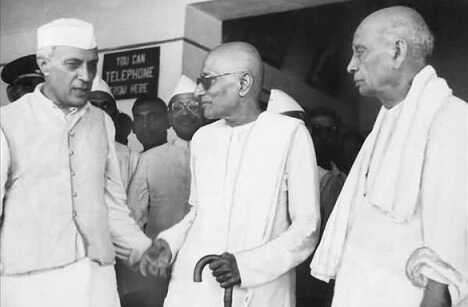The above question has the capacity of sharply dividing public opinion based on sociopolitical preferences and ideologies. It is also a question the answer to which could be biased because of personal experiences such as if you work for the government and live in a Naxal-affected region or if you are Kashmiri Pandit and had to flee from Kashmir three decades ago. Statistics cannot accurately and sufficiently capture personal trauma experienced by thousands of victims of violence emanating from within the nation’s boundaries. Still, let us try to dive into a few statistics to evaluate how peaceful post-Independent India has been.
For threats emanating from outside the country, it is usually easier to gauge how much a nation-state has suffered from such perils. This is because, for the most part, such threats are tackled by the armed forces of the nation-state. It is rather easy to know in a transparent democracy that how many wars/overt operations the armed forces have been engaged in, how many soldiers made supreme sacrifice for the nation’s honor, and how many others were victims of such threats. In March 2013, then Indian Army Chief General Bikram Singh had remarked that in the last 65 years, the Army has lost 22,443 men and officers in different wars. In 2015, the Narendra Modi Government took the appreciable decision of constructing a war memorial adjacent to the India Gate to honor the soldiers who have laid their lives for the nation. In 2019, the National War Memorial was inaugurated and it presently has the names of about 25,000 soldiers inscribed on its walls. The names of these soldiers come from all the wars that post-Independent India has fought (Indo-Pakistani War of 1947, 1961 War in Goa, Sino-Indian War, Indo-Pakistani War of 1965, Indo-Pakistani War of 1971, 1987 (Siachen), 1987-88 (Sri Lanka), 1999 (Kargil)) and other military operations conducted by the armed forces such as the recent Galwan valley Indo-China clash.
Now, Nobel Laureate Amartya Sen has famously remarked ‘any evaluative judgment has to be, in some sense, comparative.’ Taking this statement into consideration, for ease of comparison, let us compare the above number with the casualties suffered by various nations in just the Korean War of 1953. Yes, I am taking the example of a war that happened as sort of an epilogue to the Second World War. This is intentional since I want to make a point here which you will see very soon. In the Korean War that happened between 1950-53, 162,394 South Koreans and 36,574 Americans laid their lives while from the other side 335,000-526,000 North Koreans and 208,729 Chinese died fighting. These figures do not include the two to three million civilians that were killed in that war. Did you get my point? Even without adding the casualties from other wars in which many large nations of the world have been engaged after the Second World War such as the Vietnam War, Afghanistan conflict, Gulf War, Iraq War, etc., it is clear that India’s foreign policies have worked very well for the nation despite her location being in one of the most volatile regions of the world.
The Sino-Indian War of 1962 (note that it happened after the Korean War and hence both armies were technologically better equipped) claimed the lives of 1,383 soldiers with 1,696 missing. Similarly, the Kargil War of 1999 claimed the lives of 527 Indian soldiers. Every single precious life that is lost is one too many. Yet, I would apologize here but argue that our soldiers and policymakers deserve all the credit for keeping the nation safe in the past seven decades without India having to engage in a full-scale outright war (even the 1965 and 1971 wars were controlled and had limited objectives).
Now, let us do some navel-gazing and focus on the internal conflicts and violence along various sociological lines that India has had to face since Independence. To list only a few: Insurgency in the Northeast, Punjab insurgency and subsequent anti-Sikh riots, Kashmir conflict and insurgency, Naxal insurgency, Kashmiri Pandits’ eviction, Hindu-Muslim riots, violence against Dalits, women, and Tribals, forceful and violent displacement of villagers and tribals for large infrastructural projects, etc. Let us divide such internal wounds into two categories. First, the number of lives lost of our police and paramilitary personnel in tackling these conflicts. Second, the number of civilians lost and the mental trauma afflicted on them because of these conflicts.
It is surely easier to quantify the first of these because statistical records are maintained and are transparent (you could argue that the data may not be correct to which I would retort that you can take a number of your liking for correction and multiply by that to make yourself feel happy). As per the government’s records, from Independence to August 2019, 35,136 police personnel have sacrificed their lives. This number includes losses suffered by paramilitary forces such as the Border Security Force (BSF), Indo-Tibetan Border Police (ITBP), Central Industrial Security Force (CISF), etc. Yet, this number should be read with caution since most of these deaths have happened because of incidents of local crime rather than concerns of national or regional security or violence against a particular social group.
Again, we can compare this number with that of the losses suffered by any comparably-large nation during the first decades after it was established. Though it was a different time, the United States with a much lesser population suffered more than 600,000 casualties on the battlefield to settle who is an American citizen during the American Civil War. To settle its national boundaries, other large nations like contemporary China (conflict in Tibet and with Taiwan) and Russia (forging and breakup of the Soviet Union) have suffered orders of magnitude more casualties than India has.
It is very hard to quantify the second because civilian casualties and trauma due to various kinds of internal disturbances are hard to assess. Yet, a direct comparison could be made with other nation-building projects. Mao Zedong’s disastrous initiatives like the Great Leap Forward and Cultural Revolution directly caused the death of many millions while the Soviet Union sent millions to death and servitude in the few decades of its existence. Comparatively, despite its mindboggling diversity, the great document that the Indian Constitution is and our policymakers have been able to peacefully assimilate all kinds of diversities. While there have been very many unfortunate cases of lives and livelihood being lost of hundreds because of the government’s policies, the democratic fabric of India has averted colossal loss of lives compared to other large nation-states.
As the famous saying goes, India is an old civilization but a young nation. Despite our relative and widely-varying experiences, comparative facts and statistics show that India has been very fortunate to escape from mass violence characteristic of other large nation-states. Our exemplary nation-building initiative must be treasured and nurtured further.

 IPL and OTT vs. Atmanirbhar Bharat: The Folly of Self-sufficiency
IPL and OTT vs. Atmanirbhar Bharat: The Folly of Self-sufficiency